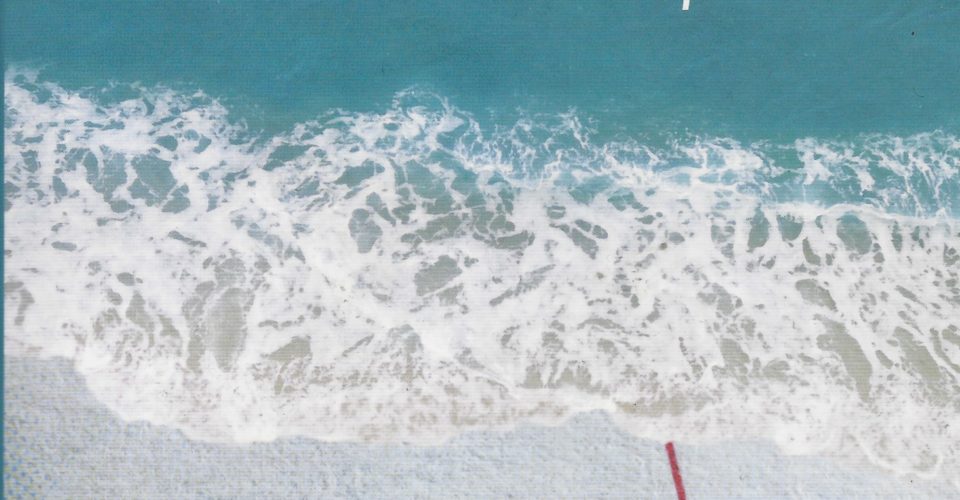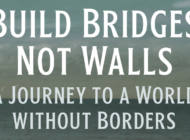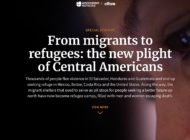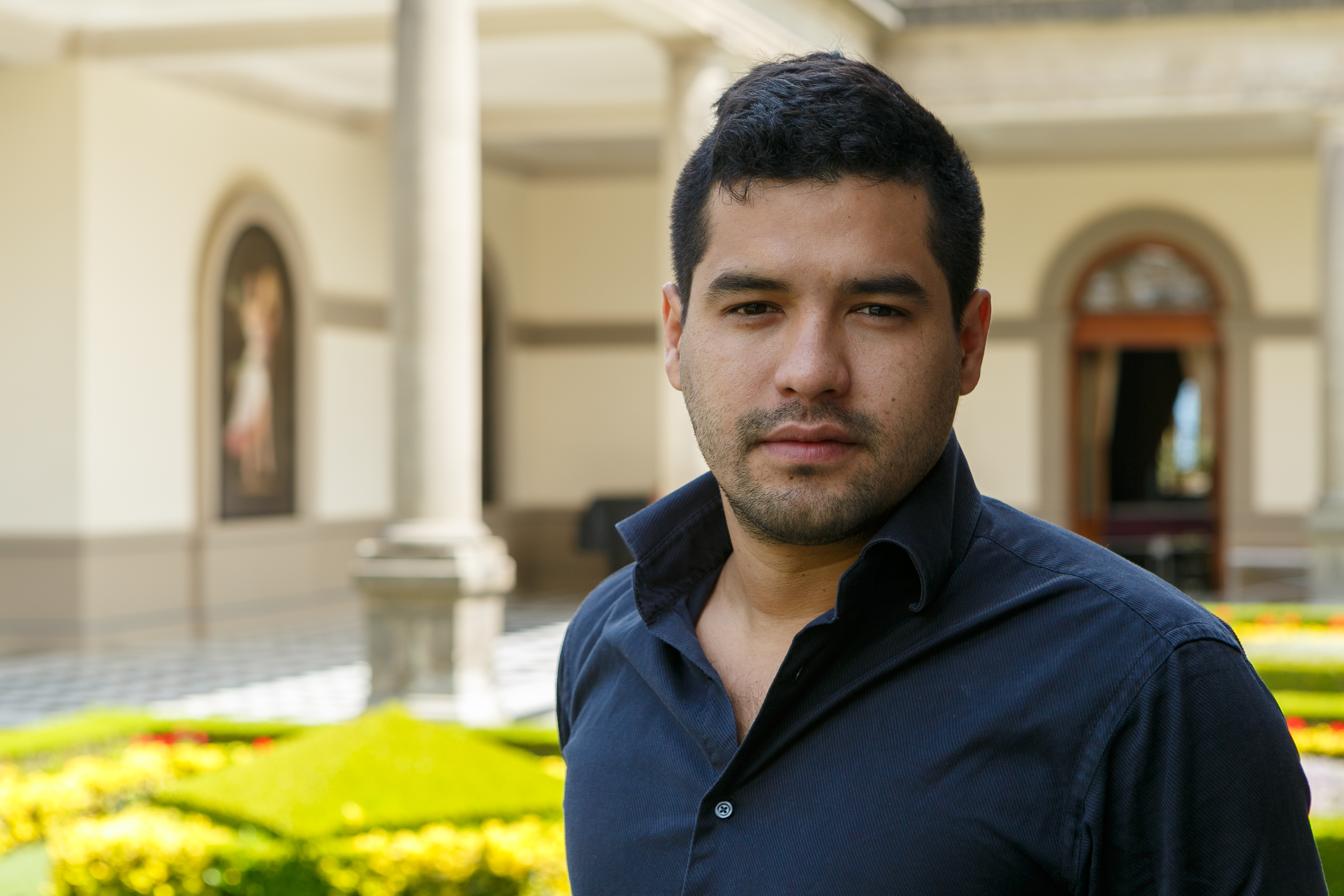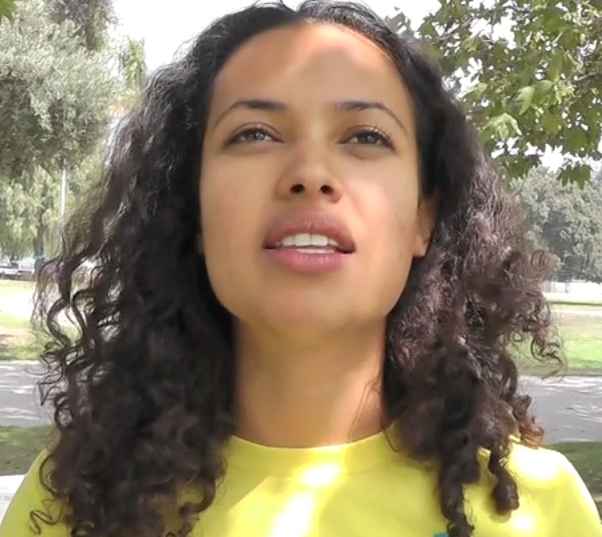BY SHARON CARRILLO
EL NUEVO SOL
Todd Miller’s book Storming the Wall: Climate Change, Migration, and Homeland Security (City Lights Open Media, 2017) shows a different perspective on how the public sees our nation’s security, immigration, and global warming. It focuses on two major and contradictory developments. First, the fact that global warming has caused and is currently part of the reason for our mass migration. And second, how our Homeland Security believes the only way we can solve this issue is with more security; more borders.
Miller incorporated past and present information, which allowed statistics such as, in the 21st century, sea-level rise due to global warming could displace as many as one billion people from their homes between now and 2050. (pg.115) Using his journalistic skills, Miller captures several stories through interviews and research, however, his real-life experience, traveling to multiple locations around the world, is what enabled him to compare and contrast the information he discovered.
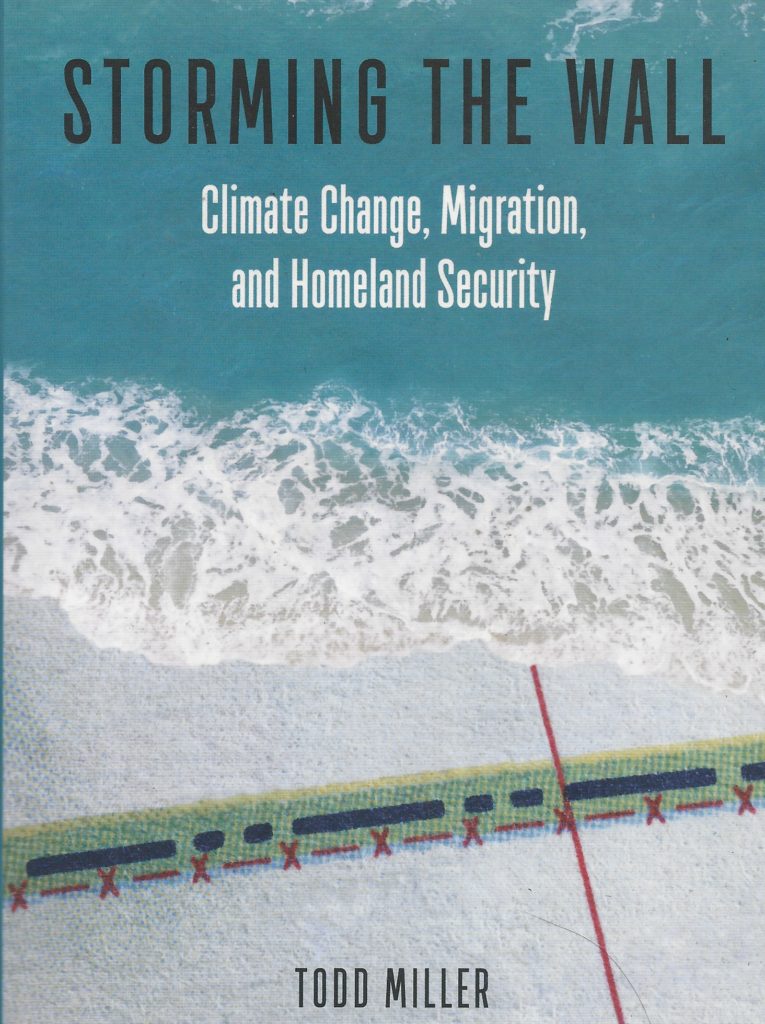
I genuinely enjoyed reading the book, I gained information and knowledge that I was not aware of prior to the reading. I liked the contrast between the various locations, for instance, the Philippines, Central America, Europe, and the United States, of course, considering that this issue is no longer local but worldwide. Many individuals, including myself, believe climate change and migration are two completely different aspects of our world when in reality they correlate immensely. For that reason, Todd Miller focused his book on the displacement of people due to natural disasters caused by global warming.
I also admired the fact that this topic is still relevant today, especially when our current president has publicly stated he does not believe in climate change. In addition, the book also has a distinctive journalistic style. Miller did a terrific job in using multiple resources and incorporating various scenarios. If there was something that I had to critique, it would be how the information can be mistakenly perceived. Not long into the book, I quickly noticed how Miller’s research will show how those in charge, the elite, will have options. In comparison to the poor, those who are continuously waiting to be rescued. In other words, the rich will be okay, but the poor will have to suffer. It was just another reminder of how this world is all about money and assets.
At first, I believed this book was made to address the adults and our government. It was written to provide proof that migration happens for numerous reasons, a major one being climate change. As I got towards the end of the book, I realized this book is also for us, the millennials. I suppose Miller is using this as a platform to spread awareness of the dangers that will happen to the world if we do not change how we are treating the world but also our people. I believe this book is a message to our generation, because most can be naive to the displacement of people being a mandatory means of survival and not only in search of a better opportunity. Overall, this book’s audience can range from politicians, military and to students in school who are beginning to learn about global warming and migrations.
This book generally views this phenomenon from below due to the numerous stories he presents of those who will and are suffering from displacement. During a brief interview with Miller, I asked him why the people in charge; those in our government, believe the best way to solve global warming and the mass migration caused by it, is to invest in more security amongst our borders. Miller responded by saying, “those people believe the actual event is less harmful than what happens after to those people.” This is an example of how both Miller and I refer to “those” as outsiders, people who will never understand because they have the opportunity and economic status to find shelter.
At the same time, I feel that Miller is involved in the story. He uses his own experiences, such as the story of his family in the Philippines, to relate to the displacement of other people. For instance, his grandmother’s village in the Philippines has basically disappeared because of the rise in sea-level. Additionally, he provides a first-person experience when he travels to the most violent city in Honduras, when he meets with top climate scientist, Leandro Lenin Banegas Barahona, or when he attends the Paris Climate Summit.
The main characters who will be affected the most in terms of the class are the poor, those who live in underdeveloped communities. The author, Todd Miller, quoted Naomi Klein, who said over ten years ago, “What does Black Lives Matter and the unshakable moral principle that it represents, have to do with climate change? Everything because we can be quite sure that if wealthy white Americans had been the ones left without food and water for days in a giant sports stadium after Hurricane Katrina, even George W. Bush would have gotten serious about climate change.”
This quote alone answers the question to who the main characters will be when a disaster strikes; it will be minorities, both men and women. It saddens me to admit, that in most situations, it is always those who need it the most that do not receive. I do hope that Miller’s information has been opening the eyes of those who are skeptical about the connection between climate change and migration. Miller has various credited sources, he uses top climate advisors, politicians, and both local and international governments. Other main resources are the people themselves, those who are experiencing a drought, an absence of food, work or even a place to call home.
I believe this book is completely relevant today because the world is currently experiencing some of the worst climate disasters. Not too long ago, people were displaced from their homes due to the Hurricane Florence in the Carolinas. It does not help the situation when our current president, Donald Trump, is a strong believer in not investing money into programs and organizations that could possibly help not only our economic system but our world today.
Miller’s book will remain relevant for years to come, not only does it discuss climate change as an important cause of migration but also how the government is using more security to create borders that prevent that migration. Overall, this reading was easy to understand and follow along. I really appreciate this book for making me more aware of situations that could affect me and my future kids.
Tags: book review climate change climate refugees displacement reseña de libro Sharon Carrillo Storming the Wall Todd Miller






